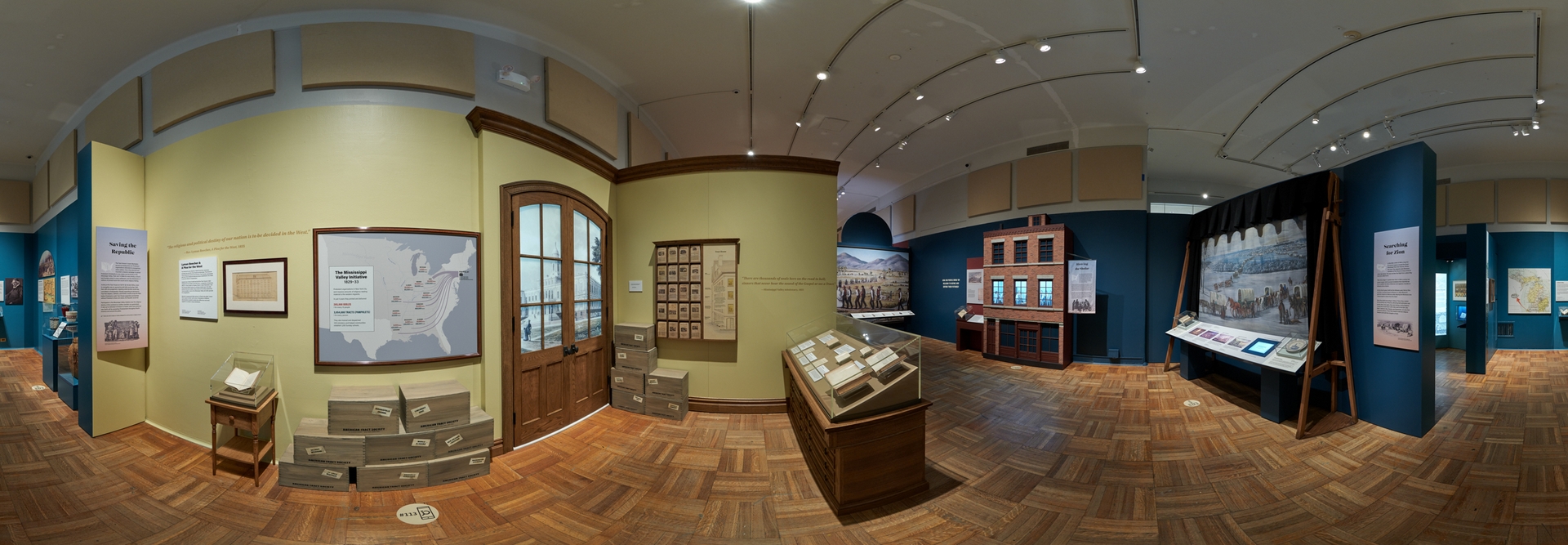




“The religious and political
destiny of our nation is to be decided in the West.”
—Rev.
Lyman Beecher, A Plea for the West,
1835
Lyman Beecher & A Plea for the West
The Reverend Lyman Beecher
helped found the missionary societies that used the Tract House as home base.
The American Home Missionary Society and American Tract Society represented
just two of the interdenominational groups established in the 1820s to save the
West for Protestantism.
Wealthy New Yorkers funded
and built the Tract House in 1825. Designed by the architect John McComb—a
supporter of missionary efforts—it was located on Nassau Street in lower
Manhattan, near the American Bible Society. Its windows looked upon City
Hall—another McComb creation. Easy access to the newly opened Erie Canal
provided a route to the Mississippi Valley and wider grounds for evangelization.
Beecher’s impassioned 1830s
sermon “A Plea for the West,” shown here, issued a further call to arms.
Protestants of different denominations needed to settle their differences and
work together to combat a rising Catholicism.
“There are thousands of souls
here on the road to hell; sinners that never hear the sound of the Gospel or see
a Tract.”
—Mississippi
Valley missionary, 1831
Religious Publications
The American Tract Society
maintained a showroom for religious tracts on the ground floor of the Tract
House. The tracts—written for adults and for children—contained short essays
and stories that conveyed a wide variety of religious lessons.
Missionaries visited the
showroom to view and order publications. Tract Society agents delivered the
tracts to western locales. Rev. Franklin Vail reportedly distributed over 175,000
tracts to settlements along the Ohio and Mississippi rivers in 1830.
Ministers and trained laymen
were still scarce in the West, so printed tracts and Bibles extended
evangelical outreach. American Protestants increasingly relied on print to
cultivate individual relationships with God through reading.